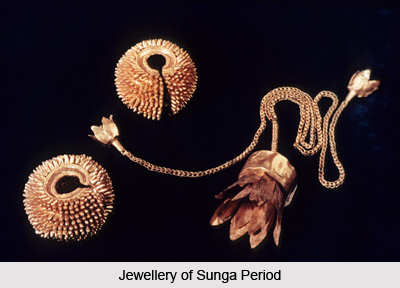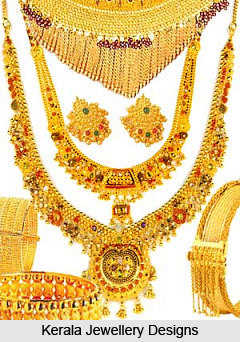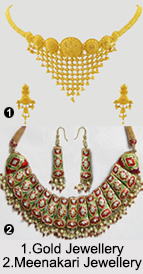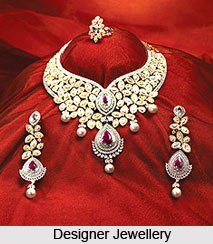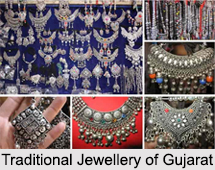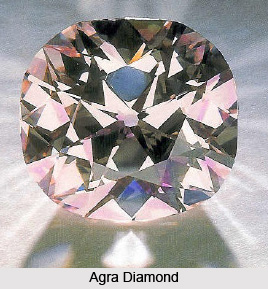 The Agra Diamond is known to exist since the 15th century in India. This diamond derived its name from the city of Agra, the capital city of the Mughal emperors of northern India, from 1526 to 1658. This is because Agra was its first recorded location. It can also be defined as a historical diamond, as it was originally owned by the family of Rajah of Gwalior, who was slain in battle when the Mughals conquered Agra. The Agra Diamond is the fifth-largest pink diamond in the world.
The Agra Diamond is known to exist since the 15th century in India. This diamond derived its name from the city of Agra, the capital city of the Mughal emperors of northern India, from 1526 to 1658. This is because Agra was its first recorded location. It can also be defined as a historical diamond, as it was originally owned by the family of Rajah of Gwalior, who was slain in battle when the Mughals conquered Agra. The Agra Diamond is the fifth-largest pink diamond in the world.
History of Agra Diamond
Historically, the Agra Diamond is known to have many masters and a long journey of transference. Agra Diamond is of Indian origin because India was the only source country for diamonds prior to the early 18th century. Historical texts suggest that the mine from which the Agra diamond was recovered should be one of the five groups of mines that were situated on the eastern side of the Deccan Plateau. After defeating the Rajah of Gwalior, the Mughals became the new rulers of Agra. Mughal emperor Babur spared the lives of the rajah"s family and in gratitude they gave him the rajah"s family jewels. Babur is reported to have worn the diamond on his turban. The diamond was in the possession of all the Mughal emperors and was worn by most of them as a head ornament. More specifically, Humayun (1530-56), Akbar (1556-1605), Jahangir (1605-27), Shah Jahaan (1628-58), Aurangazeb (1658-1707), Muhammad Shah (1719-48) were the successors of the Mughal empire who were adorned by the Agra diamond. Bahadur Shah Zafar II was the last emperor of the disintegrating Mughal Empire to safely keep the Agra diamond. It is important to note that the Persian conqueror Nadir Shah invaded Delhi and Agra in February 1739. Nadir took away Shah Jahaan`s wealth, but the Agra somehow escaped the plunder of Nadir`s forces. It is believed that the diamond was temporarily out of Mughal treasury at that time. History highlights that Nadir ordered the killing of some 30,000 Delhi citizens to avenge the killing of his soldiers. So, it probably could not be testified by anyone that the diamond was recaptured and brought back to Delhi. It is known that not a single soul in Delhi could survive the plight of Nadir"s forces.
When the British invaded India and captured Delhi, Bahadur Zafar Shah II, who was the leader of the popular anti-British revolt in 1857 (the Indian Mutiny or India`s First War of Independence), was forced to the surrender. India witnessed a period of chaos, misrule and lawlessness which was characterized by merciless killing and looting spree. Innocent civilians lost their lives and the entire Mughal treasury was ripped off by the Britishers. Thus, Britishers became the new owners of the Agra Diamond, as the British soldiers are known to smuggle the occupants of the Mughal treasury to Britain.
From Britain the Agra diamond moved to Paris. Bram Hertz, one of the foremost diamond dealers in Paris, became the new master of the Agra. He re-sized the diamond from 41 carats to 31.41 carats, to further purify the diamond by removing some black inclusions. In 1891, a barter deal was finalized between Edwin Streeter and Bram Hertz, to exchange a pearl necklace for the diamond. In 1895, Edwin Streeter sold Agra diamond, only to again possess it after the transaction failed, post a law suit which was filed by the purchaser, a 25-year old young man named Joseph Charles Tasker.
The Agra was a part of Messrs. Streeter`s stock, a company owned by Edwin Streeter, until he retired from business in 1904. After 1904, this company was replaced by a Parisian firm of jewellers called La Cloche Freres. When this firm decided to clear the stock of the previous one, the Agra diamond was auctioned by Christie`s of London on 22nd February 1905. The bidding for the Agra opened at 1,000 guineas (a guinea is a British gold coin worth 21 shillings or £ 1.05) but was finally purchased by Mr. Maz Meyer of Hatton Garden for 5,100 guineas.
4 years later, on 24th June 1909, the Agra was again auctioned in Paris. This auction was arranged to sell the jewels of Solomon Habib. Purchasers were instructed to bid for eight items. The Agra was the 6th item on the list. It was expected to be sold at a price of 300,000 francs, but only 82,000 francs was the maximum bid of the auction.
Louis Winans, son of an American railroad engineer from Baltimore, William Walter Winans, became the next owner of Agra Diamond. He commissioned a local firm of jewellers, Lewis & Sons with the aim to create a remarkable collection of coloured diamonds. The Agra Diamond entered the Winans collection, comprising of 18.49-carat Golden Drop yellow diamond, a 40.5-carat green diamond, a lozenge-shaped red diamond, an orange-crimson diamond, a Mauve diamond, a sea-green and emerald-green diamond and a jonquil diamond.
Characteristics and Chemistry of Agra Diamond
In general, any diamond is made of carbon, has a crystal structure and is extremely pure. Tiny proportions of other elements, interspersed within the carbon are generally called impurities in the diamond, but these are so small in size that they are undetectable even under a very powerful microscope.
Agra Diamond is characterized in terms of four Cs. These are colour, cut, clarity and carat weight.
This stone is naturally coloured fancy light pink, cushion-cut of VS-2 clarity, have a weight of about 28.15 carats and dimensions of about 21.10 X 19.94 X 11.59 mm.
Present Whereabouts of Agra Diamond
In the year 1927, the Louis Winans collection, including the Agra diamond was inherited by one of his lady descendants. During World War II, she decided to place the collection in an iron casket and buried it in her garden. She recovered the casket when the war seized. On 20th June 1990, the Agra and two other diamonds from this collection were put up for sale at the Christie`s auction. For the Agra Diamond, the expected selling price was 1.5 million sterling pounds. But fierce bidding at the auction, resulted in the Agra being sold at an inflated price of 4.07 million sterling pounds. The SIBA Corporation of Hong Kong became the owner of the Agra Diamond, having won the bid on telephone. This Diamond was then re-cut into cushion shape, which reduced its weight from 31.41 carats to 28.15 –carats.
SIBA is also the owner of Alnatt diamond, which weighed 101.29 carats. It was purchased at the Christie`s auction in May 1996, at a prize of 3,043,496 dollars.
Related Article:
Indian Diamonds
Nassak Diamond
Indore Pears Diamond
Shah Diamonds
Akbar Shah Diamond
Polar Star Diamond
Nizam Diamond
Mahjal Diamond
Golconda Diamond Mines



